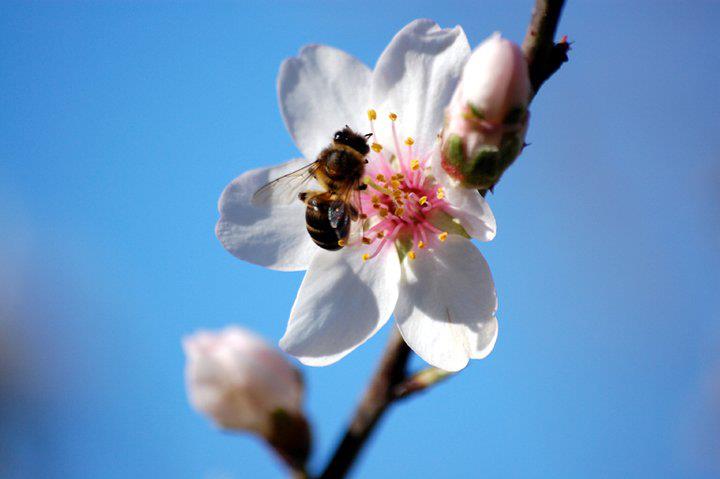An association from Castro Marim promotes walks to see the almond trees in bloom. I miss you!! The days when excursions from all over the country came to the Algarve to see those fields of flowering almond groves, which were part of the idiosyncrasy, soul and image of the Algarve and the Algarve.
The loss of commercial value of the almond completed the scenario of the abandonment of small and medium-sized agriculture that occurred from the time when, under the orders of the European Economic Community, the Portuguese Governments began to give subsidies to small producers… so as not to produce, to abandon their explorations.
It all started with the Governments of Prime Minister Cavaco Silva, who, however, always boasted that it was with him that Portuguese agriculture evolved and adapted to the times. There, adapting, adapting… Large agro-industrial companies were created, but the “core” of small-scale agriculture was gone.
Neither with him, nor with those who succeeded him, was there any political capacity and vision that allowed us to think that, in order to keep the interior alive, it was necessary to encourage small and medium-sized agriculture, - and it was no longer the remote heart of the lands of the Beira or Trás-os-Montes countryside. , no sir – it was also here in this small slice, almost all of the coast, of the Algarve's territory, where the barrocal and the mountains were being abandoned.
Other European countries, such as France, have always and still used the CAP revenues to maintain their small farms, which are even a real consolation for those who roam the French countryside and can buy fresh products directly from the producer.
The social and political weight of this vast layer of small farmers still makes sense in France today.
In Portugal, the Rural Extension Services, which were essential to motivate farmers in the interior to evolve on their farms, were extinguished; and they took power and means of action away from the Regional Directorates of Agriculture, practically reducing them to administrative offices for the paperwork of European subsidies.
And the forest technicians, who were a functional and logical complement to the agricultural technicians (in the past, ministerial tutelages knew these rudiments, today they don't…), went scratching for protected areas, where they were not needed, unmotivated, cantoned, perhaps until the places go extinct! What a misery...
The case of the Algarve, which we all know better, is certainly not different from the rest of the country. Good technicians and researchers are more or less on the shelf and are no longer motivated to support farmers on the ground. The lands are abandoned.
When I arrived in the Algarve, around 30 years ago, all these lands here in the barrocal were intensively cultivated and there were families living off their income. Today, not even the almond trees survive.
A priority policy of a Regional Directorate of Agriculture, whose tutelage gives freedom to act, should give priority, among others, to the cultivation of the almond tree. Is that if the almond that arrives from the USA is well-priced, then why isn't ours?
Along with production, support for marketing would be needed – but this must be too much sand for the cart of these politicians we have up there.
But, at least, Tourism and Local Authorities could offer almond trees for the owners to plant along their land, on the sides of roads and roads. It was just a cosmetic measure, it's true, but it could at least remind one of the iconic image of the barrocal roads, blooming with almond trees. How beautiful the Algarve would be again this time of year!
Author Fernando Santos Pessoa is a forestry engineer and landscape architect…and writes with the spelling he learned at school.



















Comments